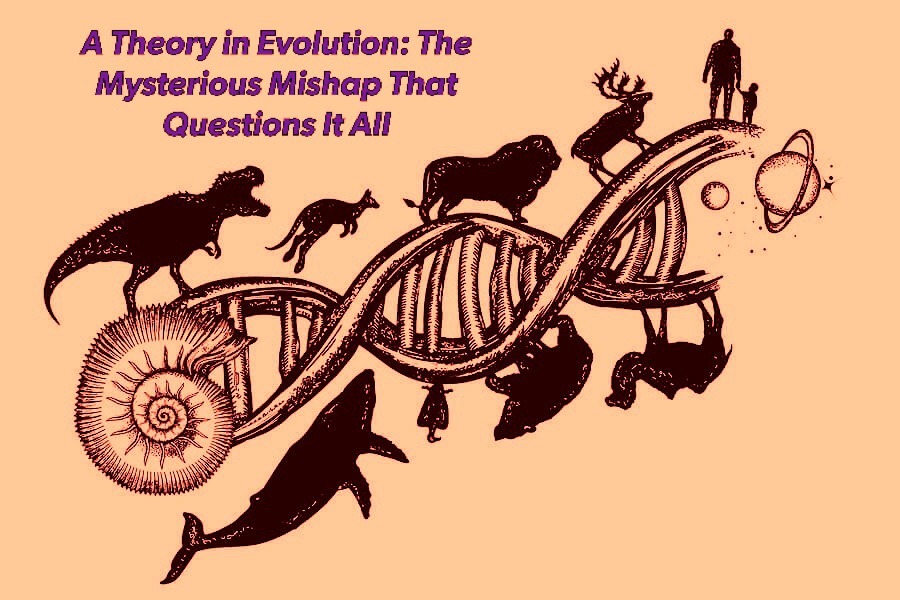

Nonscientists who enjoyed Java Man will also want to read top science writer Shipman's outstanding account of the original Java man discovery. 30), which tells how two scientists discovered that Java man was not a precursor of Homo sapiens but another species co-existing with modern humans. 11) Forecast: This title is nicely complemented by Java Man (Forecasts, Oct. The first whole-genome sequence of a Neanderthal revealed these ancient hominids. Even while using the unorthodox (in nonfiction) techniques of re-created dialogue and interior monologue (both of which appear supported by voluminous research and add to the book's drama), Shipman proves herself a virtuoso of the scientific biography. Ten years ago scientists published an analysis that changed our view of humanity. In addition, Shipman reveals much of the politics that often swirl around important and controversial scientific discoveries for example, the dominant thinking of the time dismissed evolution as folly and marked Dubois as a reckless romantic hell-bent on his unpopular mission.

Shipman depicts Dubois as a troubled genius who consistently put his own desires ahead of his family's needs. Times Book Award), demonstrates how Dubois was driven by his ambition and by university politics to leave his placid life as a professor in Amsterdam and move to the East Indies in search of a fossil that would confirm Darwin's theory of human evolution. In a masterful biography with the narrative craftsmanship of good fiction, Shipman, an anthropology professor at Penn State and author of Taking Wing (a finalist for the L.A. erectus was viewed by many scientists as the evolutionary link between the great apes and humans. Answer (1 of 42): Is there only one 'missing link' in human evolution If you had no proof of your great great great grandfather, than he might be considered missing in this same context. Dubois's 1892 archeological expedition found the first fossil evidence of Pithecanthropus erectus (what we know today as Homo erectus) or Java man. At the end of May, mass media started hyperventilating over the discovery of Ida, a fossilized monkey skeleton hailed as the missing link in human evolution. The increased complexity and volume of medical imaging has led clinicians to become ever more reliant on radiologists to both identify and interpret patient studies. Dutch scientist Eug ne Dubois is not nearly as well known as his most important scientific contribution. In recent years, radiologic imaging has undergone tremendous technological advances and is now a pillar of diagnostic and treatment algorithms in clinical medicine.


 0 kommentar(er)
0 kommentar(er)
